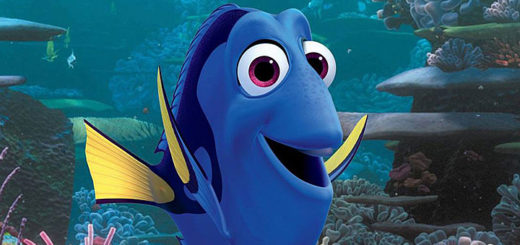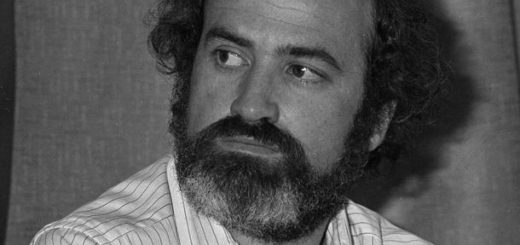Malick and Me: THE THIN RED LINE
On this lovely Southern Californian morning, I sit in the library, brooding over several lines from William Wordsworth’s “Ode: Intimations of Immortality from Recollections of Early Childhood” (this is required reading for my British literature survey course … I only wish i had the diligence to read his work in my free time). He writes in the final stanza, “Thanks to the human heart by which we live, / Thanks to its tenderness, its joys, and fears, / To me the meanest flower that blows can give / Thoughts that do often lie too deep for tears.” Upon reading these last lines I leaned back in my chair and closed my eyes, as my mind conjured an image of a tan and chiseled and wistful face, underwater: the face of actor Jim Caviezel, whom I had never seen before prior to my viewing of Terrence Malick’s THE THIN RED LINE. As I continue to brood in my plush and comfortable chair, I think of all the characters in the film now—Pvt. Witt, 1st Sgt. Welsh, Capt. Starros, Pvt. Bell, Capt. Gaff, Cpl. Fife, et al., whom are treated by Malick with the same thematic affection present in BADLANDS and DAYS OF HEAVEN, despite THE THIN RED LINE being set in Guadalcanal—a unifying sentimentality, collocated with nature.
I can recall the first time I saw Malick’s 1998 film: the summer of 2015, fading fast, capitulating to a busy, college-planning intensive trimester, needed one last epic journey, one final cinematic master piece that would last—something precious. I aimlessly perused the rows of DVDs at my local library, hoping to stumble upon a title, the work soon to be my titular diamond of summer viewings. THANK YOU FOR SMOKING? No. THELMA AND LOUISE? No. THERE WILL BE BLOOD? Seen it too many times. A THIN LINE BETWEEN LOVE AND HATE? Never. THE THIN RED LINE? Hmmm, Terrence Malick directed this one … nominated for seven Academy Awards … Sean Penn, Nick Nolte, John Cusack, Adrien Brody, John C. Reilly! Woody Harrelson, Jared Leto, John Travolta, George Clooney! My days, this could be the film. Several hours later, spread-eagled on my couch, my stopcock brimming with a chicken parmesan sandwich, Diet Dr. Pepper, Twizzlers original twists—even yet, the naive works—I slept whilst cinematic glory played before me on the television; I slept as one of the greatest war films of the 20th century sped through its remaining hour and 15 minutes. Good heavens, I had turned a sleepy eye.
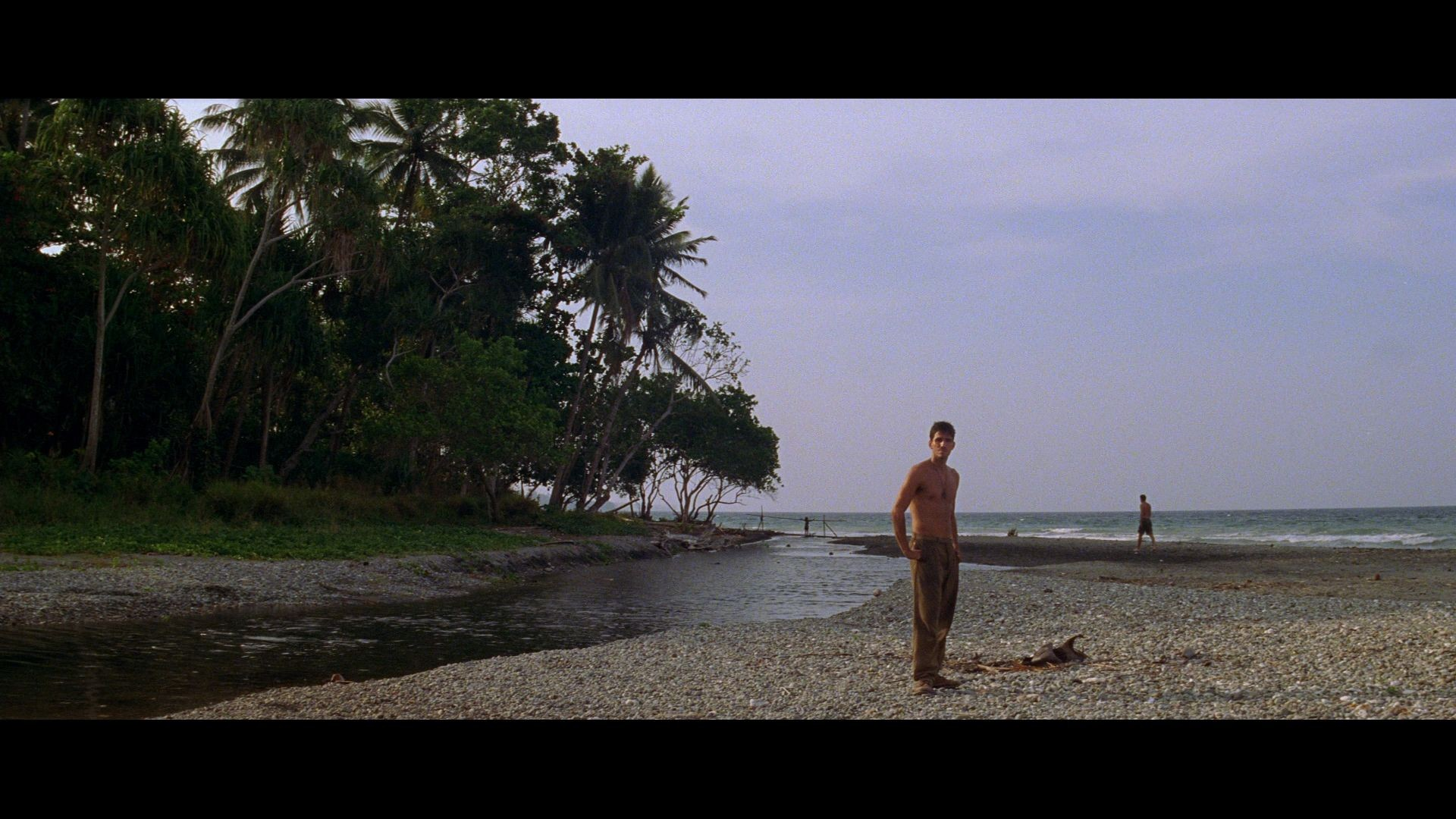
AWOLNATION – “Sail”
I can lucidly recall the first time I saw Malick’s entire 1998 film: the summer of 2016 (an entire year … What was I thinking?), fading faster, immersed by an upcoming semester of college far from home, and the portentous feeling one gets when there are things to be done, but not enough time for all to be completed. I needed one last epic escape, one final cinematic piece that would ineluctably persist—a diamond in which to stow away time. I swiftly made my way to the “T” row of DVDs at the library, hoping to spot THE THIN RED LINE … A-ha, there she blows! A full year—tempus fugit. An hour later, I sat upright in my desk chair, my brother’s Bose headphones snug on my head—no chicken parmesan sandwiches, no Diet Dr. Pepper (okay, an iced coffee), no Twizzlers original twists. No, just a caffeine-permeated, pertly, and attentive mind. Oh, and the titular diamond of summer musings.
Those two hours and 50 minutes were the greatest minutes I have ever spent watching a film. From approximately four o’clock to eight (a family supper provided an intermission), I had transcended all petty quotidian quandaries, frustration, self-denial, nerve-wracking angst, and nausea-inducing ennui. Gone, left in the dust, cast aside for a sublime feeling of solidarity, compassion, an aching appreciation for both nature and mankind (perhaps this is Malick’s intention?). This cinematic painting captivated me from its opening sequence in the Melanesian village, to its final frame: a palm shoot growing atop a coconut, lodged in the sand of an exotic and remote beach.
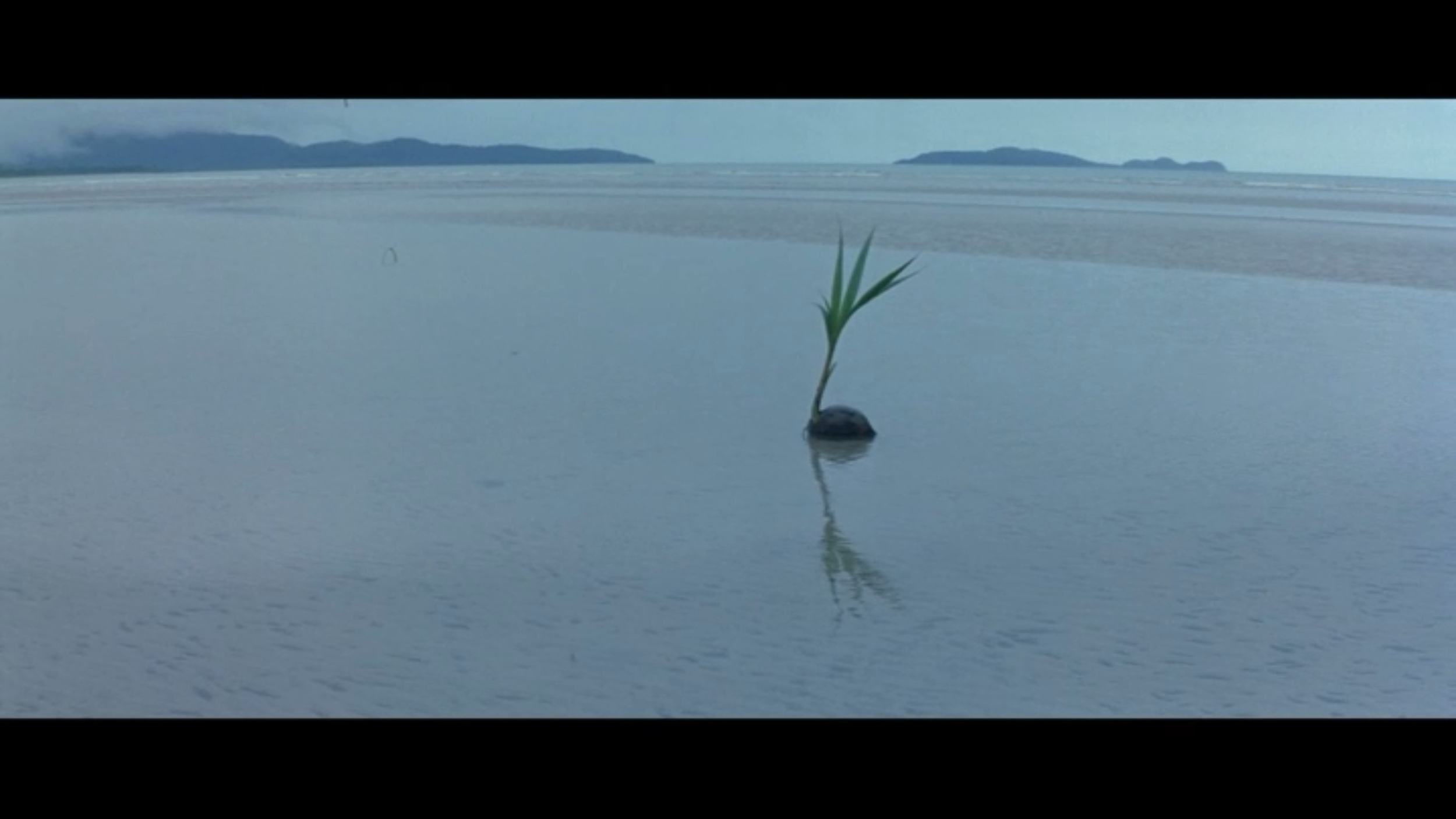
“I am Groot.”
I am compelled to reference one scene, in particular, that sent me beyond Earth, into the cosmos: Private Witt’s death. The sequence, lasting nearly three minutes, undoubtedly reigns as my favorite of all time. Jim Caveziel plays Witt, a wistful, philosophical Romantic, who can often be found AWOL. During a reconnaissance mission, Witt nobly volunteers to distract the enemy so that his fellow soldiers may return to the company to report on the whereabouts of the Japanese. Witt dashes through the dense jungle, as his enemies relentlessly pursue. He stumbles out from the thicket into a clearing, promptly surrounded by Japanese soldiers, one of whom attempts to communicate with Witt, saying (in Japanese), “Surrender. It’s you who killed my friends, but I have no desire to kill you. You are surrounded, please surrender.” Witt gazes off at something or someone, maybe at a bird, maybe a soldier. A wondrous, spine-chilling piece, composed by Hans Zimmer, begins to swell, as does the sound of birds and the ocean; he raises his rifle, only to be shot and killed, immediately. A low-angle pan of sunlight perforating the jungle canopy, an underwater sequence of Witt swimming with Melanesian children, a clap of thunder, vagaries of light endlessly reflecting. A beautiful, transcendent scene: it brought forth tears to my eyes, an ineffable sensation of ethereal being—I could not feel my butt on the chair.
This sequence also becomes the paragon of Malick’s visual motifs (which can be found in all his films): water, fire (in the form of a thunderclap and lightning bolt), fraternity, and memory. The Japanese soldier has no nefarious desire to kill Private Witt; if anything, the soldier attempts to create a fraternal bond, albeit a temporary one, with him. After his death, Witt swims in the ocean with the Melanesian children, perhaps born anew? Into some protracted, metaphysical state? Similar to that of nature’s? His swimming, juxtaposed with his death, becomes a highly subjective and surreal scene—this could be viewed as a sentimental exploration into Witt’s memory (the opening scenes of the film have Witt interacting with the Melanesian village, fishing, swimming, etc.). During Witt’s death sequence, a thunderclap can be heard between two shots of Melanesian children swimming; this may be reductive, but lightning—a carnal element of nature, on par with fire’s allure—causes thunder, and the presence of lightning in this scene may be a substitute for elemental fire. With Malick, nothing’s pellucid, and sometimes one must embrace the sensationalism.
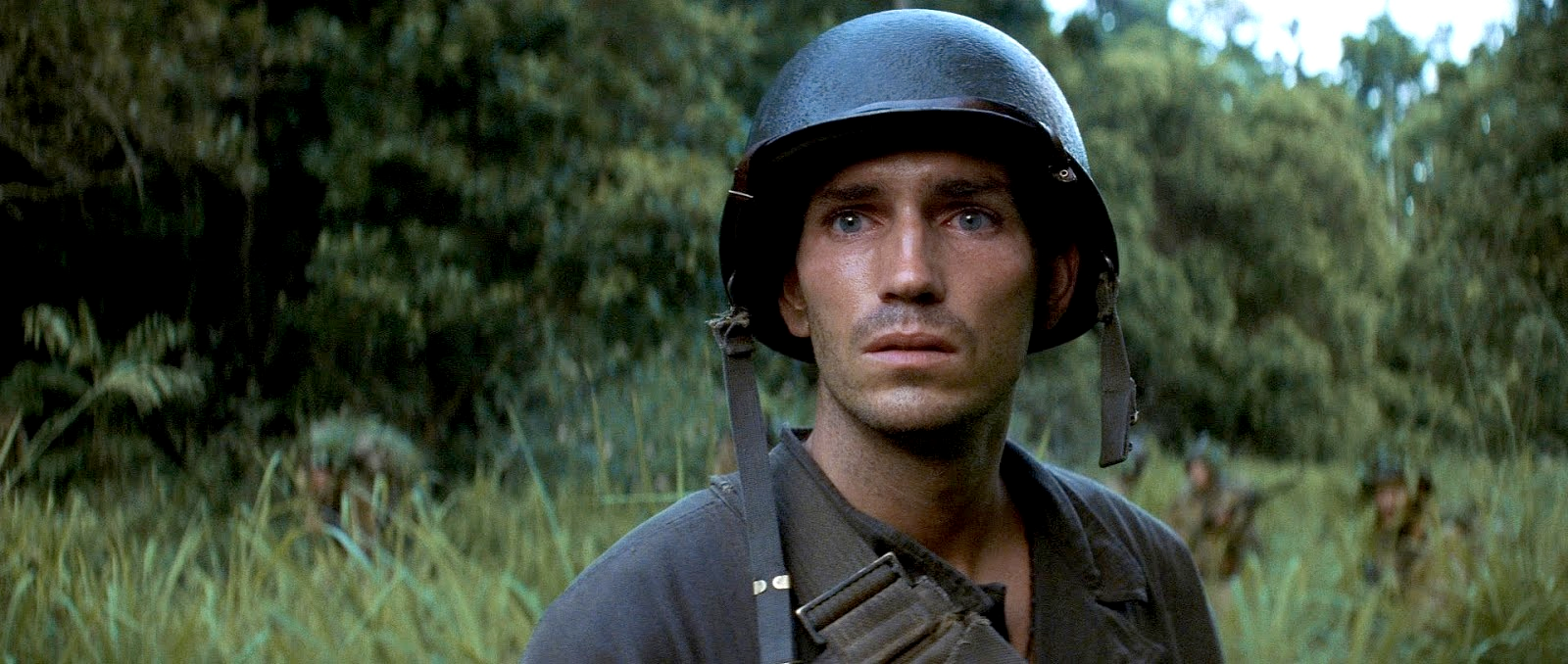
When you watch a Sarah McLachlan SPCA commercial…
I am also compelled to explain my viewing of THE THIN RED LINE by way of another anecdote. Less than a week after said viewing, I embarked on a day trip to Block Island, Rhode Island, with my dear friend James, whom I have known since the youthful toddler epoch. We both took the day off, a Thursday, and decided to drive up to Rhode Island, presumably to one of the Ocean State’s gorgeous beaches. As we drove through New London, Connecticut, via interstate-95, we made a spur-of-the-moment decision to take the next exit for downtown New London, the seaport district: We said, “Ah, screw it,” parked Dane—the faithful car—and took the early morning ferry, bound for the harbor of Block Island. Now, if you have not been to Block Island, recall a fictional New Penzance Island, the setting of Wes Anderson’s 2012 film MOONRISE KINGDOM (the film was shot entirely in Rhode Island): the utter paragon of classical New England flavor, picturesque and idyllic, replete with an old-town main street, shoppes, ice cream parlors, Vineyard bluffs, Atlantic bound beaches, and hidden coves. James and I stepped down the street for a bit, grabbed iced coffee and sandwiches, and headed straight for the beach. We hiked a stretch of shoreline, discovering remote inlets, littered with seaweed and driftwood, crushed beer cans and empty liquor bottles, and untrodden bluffs, densely settled with thicket and native plants, boulders implanted in the arid soil. Also, what we thought to be a bear carcass; I kid you not.
We returned to our beach site after two hours of exploration, treated our delusion-inducing dehydration, snacked, and went into the good old Atlantic Ocean for a swim. And in the ocean, I watched THE THIN RED LINE for a third time, Private Witt’s glazed eyes as the Japanese surrounded him, his swimming with Melanesian children; I heard a clap of thunder, waves lapping the shore, an exotic jungle pulse. I stuck my head underwater and opened my eyes to behold an Atlantic reef, vagaries of endlessly reflecting light, an entirely different universe; a universe ridden of inane anxieties, the unrelieved mundanities of day-to-day existence. Its topography, holy and reverent, rolled on as far as the eye could see. The physical embodiment of the experience of watching a film by Terrence Malick. Wordsworth writes in the ninth stanza of “Ode,” “Our Souls have sight of that immortal sea / Which brought us hither, / Can in a moment travel thither, / And see the Children sport upon the shore, / And hear the mighty waters rolling evermore.” Perhaps Witt, at the moment of his death, saw “that immortal sea,” or as he says in the film, “all things shining.”

